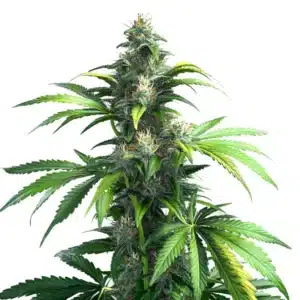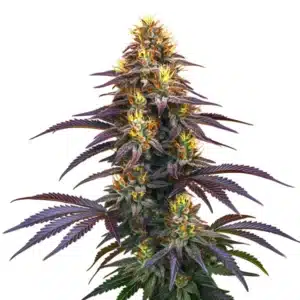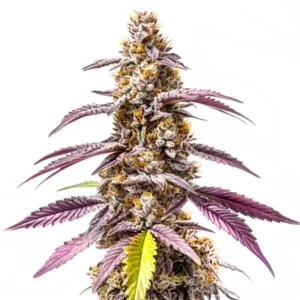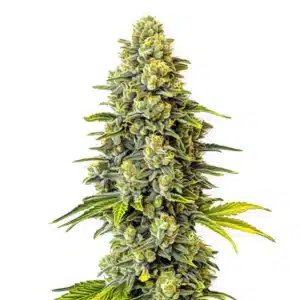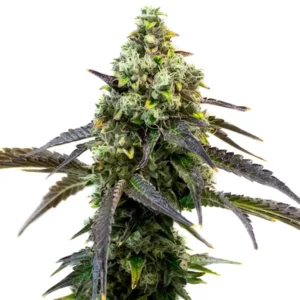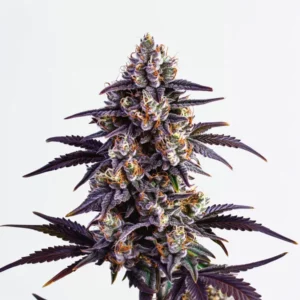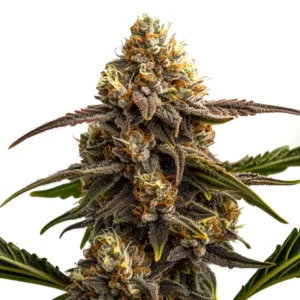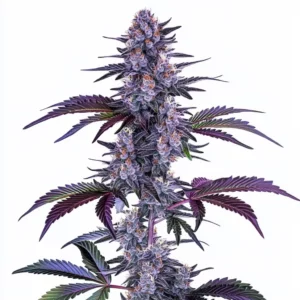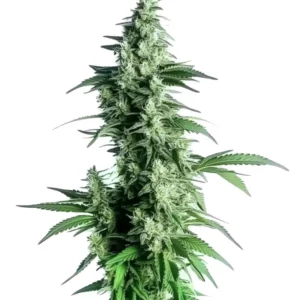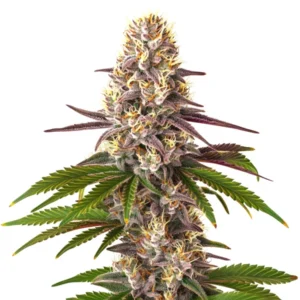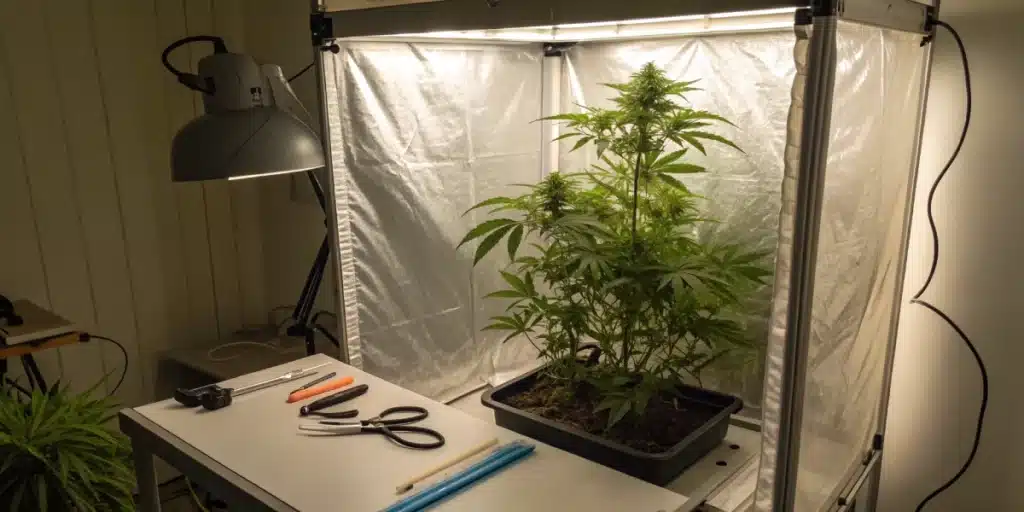
Cannabis Mother Plant Care: Selection, Maintenance & Cloning
Function of the Mother Plant
A cannabis mother plant is a female plant that has been carefully selected because its results, be it potency, flavor, or growth structure, are known and desirable. The entire purpose of keeping a mother plant is to constantly replicate these exact results by taking clones.
Genetic Stability Importance
The genetic stability of a primary stock plant determines whether cuttings carry the traits you value. When a grower maintains a healthy clone source, preserved cannabinoid and terpene profiles stay consistent. A stable genetic base reduces unexpected variations in growth, aroma, or potency. This consistency fosters tighter harvest windows and uniform potency across batches.
Recommended Strains
Black Demon OG
|
|
THC | 17% - 20% (Medium) |
|
|
Type | Feminized |
|
|
Yield | Medium |
|
|
Phenotype | 80% Indica / 20% Sativa |
Black Domina
|
|
THC | 15% - 20% (Medium) |
|
|
Type | Feminized |
|
|
Yield | High |
|
|
Phenotype | 95% Indica / 5% Sativa |
Producing Consistent Clones
When you use a stable stock, cuttings show the same structure and growth rate you expect. Consistency in node spacing and leaf shape translates to predictable flowering and yield. To produce uniform clones, you must tailor your propagation environment with steady humidity and temperature.
Lifecycle Management
A primary stock plant requires regular care to sustain optimal growth. You track age and growth rates to decide when to prune or renew, and space cuttings evenly to avoid overharvesting. Active lifecycle management extends productivity and supports stable output.
Promos & Deals
Selecting the Ideal Mother
Desired Traits and Phenotypes
When choosing a stock specimen, you look for traits that match your production goals. You inspect bud structure, leaf density, and resin production. Crucially, you should also look for mothers that show strong natural resistance to common issues like mold and pests, as this resilience will be passed on to every clone. By focusing on phenotype consistency, you ensure cuttings inherit the features you value most. You also note growth rate and internode spacing to control canopy height.
Health and Vigor Checks
Before you commit to a mother, you inspect for pests and disease. Scan leaves, stems, and nodes for mites, molds, or nutrient deficiencies. Evaluate root health by gently lifting the plant; white, fibrous roots indicate strong vigor. Monitor plant turgor and leaf texture to confirm water balance.
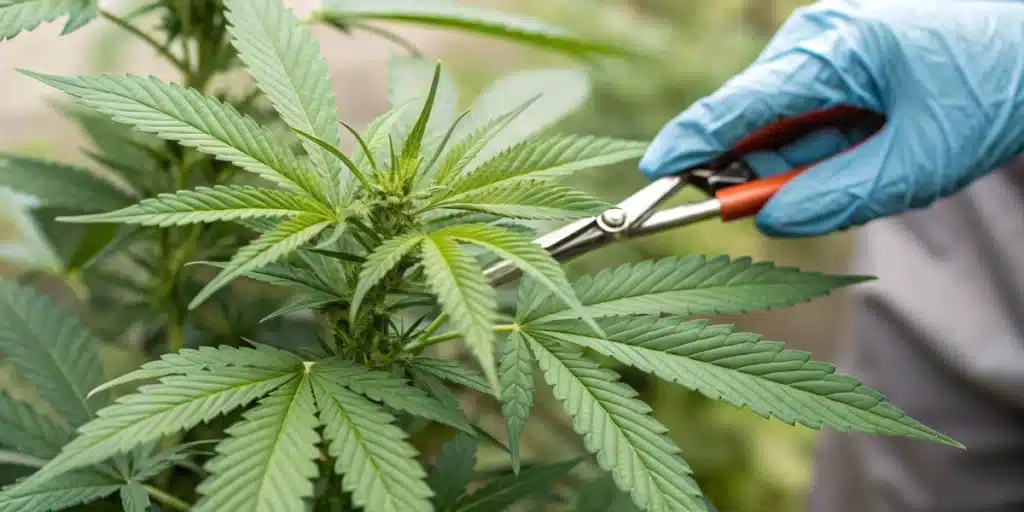
Maintenance Best Practices
Pruning and Topping Techniques
Effective pruning shapes the plant and encourages lateral growth, which yields more cutting sites. You remove older, lower branches to direct energy upward. Topping above the fourth node creates two main colas, doubling potential cutting points. Sanitize tools before each session to avoid transmitting pathogens.
Expert Tip: Select upper shoots and new branches for clones. These are more vigorous and less likely to carry pests.
Nutrient and Light Requirements
Feed your stock plant a slightly higher nitrogen ratio than flowering specimens require. Monitor EC and pH levels. Perform a root flush at pH 5.5 every 15 days to prevent salt accumulation. In terms of lighting, use a steady 18/6 photoperiod to maintain the vegetative stage.
Potting and Root Space
A mother plant needs a large container to thrive and continuously produce new branches, much larger than a plant you intend to flower. A common rule is to provide at least triple the amount of soil you would for a flowering plant. This may mean starting in a large pot or periodically transplanting the mother into a bigger one as she grows to ensure the root system never becomes restricted.
Pest and Disease Prevention
Preventive measures keep pests and diseases at bay. Maintain high cleanliness standards, install insect screens, and use biological controls. Implement routine inspections, checking leaves and stems at least twice a week.
Expert Tip: Healthy mother plants should have leaves upright like clock hands at 10:10—a classic sign of ideal vitality.
Cloning Procedures
Cutting Selection and Preparation
Pick cuttings from new growth, ideally branches that show three to four nodes. Using a sharp, sterilized blade, make a clean diagonal cut and immediately dip the stem in hormone gel. Remove lower leaves to prevent rot and trim fan leaves in half to balance transpiration.
Expert Tip: Until roots develop, clones feed through their leaves. For this reason, maintain humidity at mist-like levels, around 80–90%.
Rooting Media Options
You have several media to choose from, including rockwool cubes, peat plugs, and coco coir. Saturate your chosen medium in advance and adjust pH to around 5.8. Place trays over humidity domes to maintain 70–80% humidity for the first week.
Environmental Controls
Manage temperature between 22 °C and 25 °C to promote rooting, while keeping humidity high. Direct gentle airflow around cuttings to strengthen stems and prevent mold. With proper conditions, clones will typically take between 21 days and one month to develop a root system that is strong enough for transplanting.
Long-Term Management
Rejuvenation Strategies
Over time, a stock plant can lose vigor. To restore vitality, you can perform a renewal pruning by cutting the main stem back to a lower node. You can also replace part of the root ball by trimming away older root sections and repotting in fresh medium.
Periodic Replacement Timing
Even with rejuvenation, you eventually replace your stock. While a well-cared-for mother plant can potentially last for 3 or 4 years, her production of vigorous branches will greatly diminish over time. For this reason, most commercial operations replace mothers every six to twelve months to ensure peak performance.
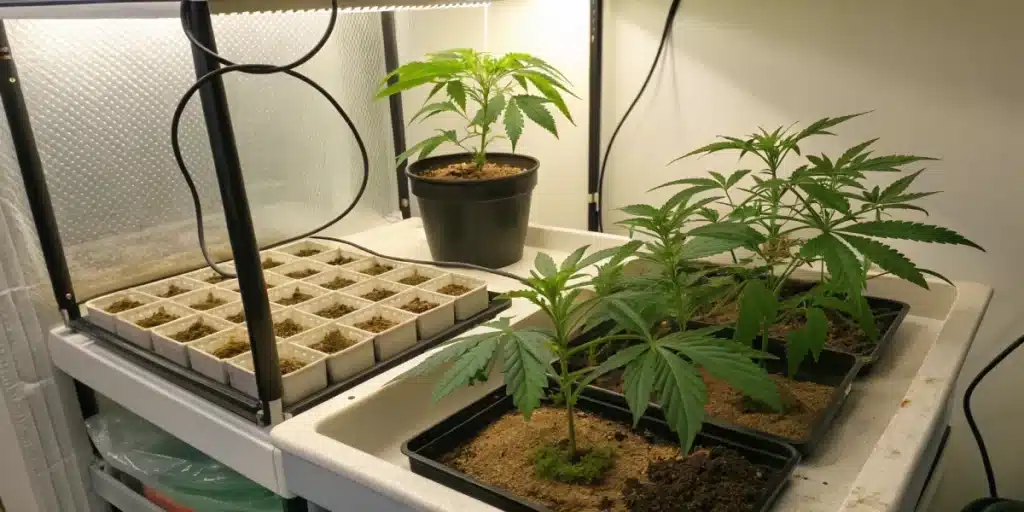
FAQs about cannabis mother plant
How often should I replace a mother plant?
Replace your mother plant every six to twelve months, depending on cutting output and vigor. Monitor root health and shoot quality; once you notice slower root formation or weaker growth, prepare a fresh mother from an earlier cutting. This overlap ensures continuous clone supply and maintains high-quality propagation rates for your next cultivation cycle.
What’s the best light cycle for mothers?
Maintain an 18/6 light cycle for stock plants, giving them eighteen hours of light and six hours of darkness daily. This schedule promotes steady vegetative growth without triggering flowering. Consistent light hours help you plan pruning and cloning sessions reliably. Additionally, avoid sudden changes in the cycle to reduce stress and support uniform development throughout the plant’s lifespan.
Can I clone multiple strains together?
You can clone multiple strains in the same space, as long as you label each batch clearly. Keep environmental conditions uniform and separate trays by strain to prevent mix-ups. Also, monitor each strain’s unique needs for humidity and nutrients. By organizing workflows and maintaining clear records, you can efficiently propagate diverse genetics without compromising clone success rates.


